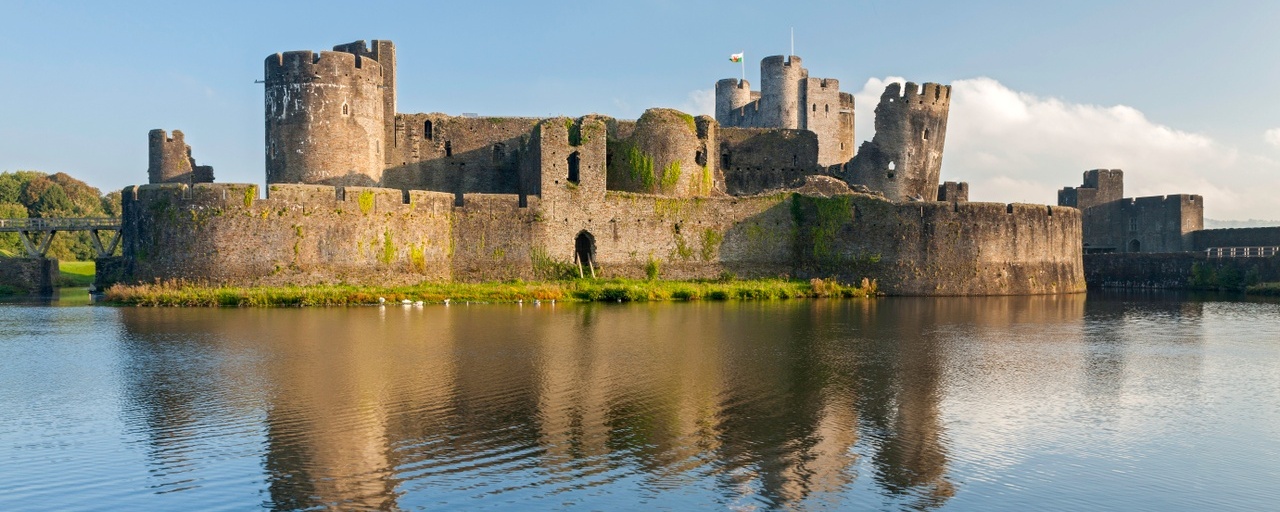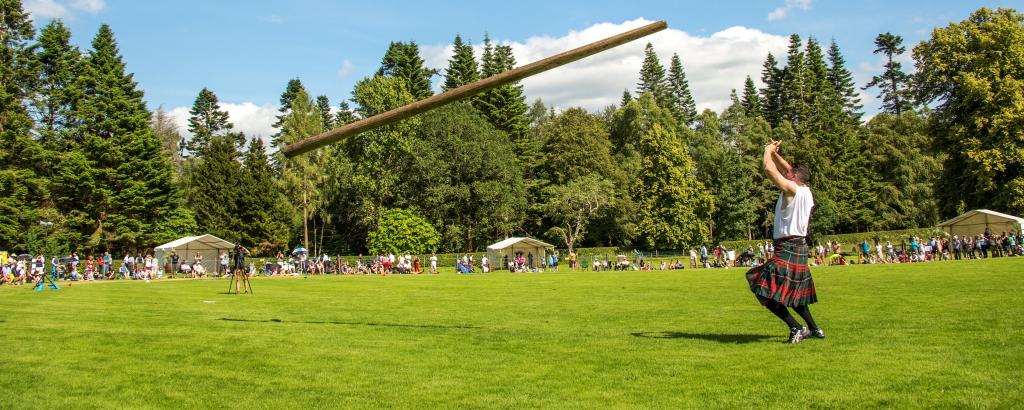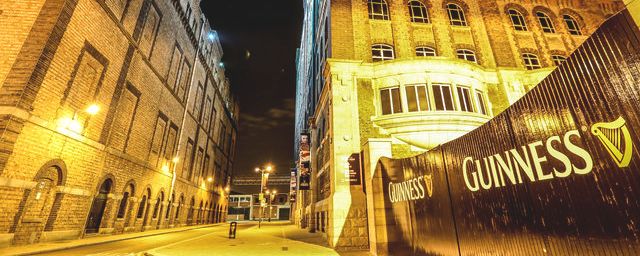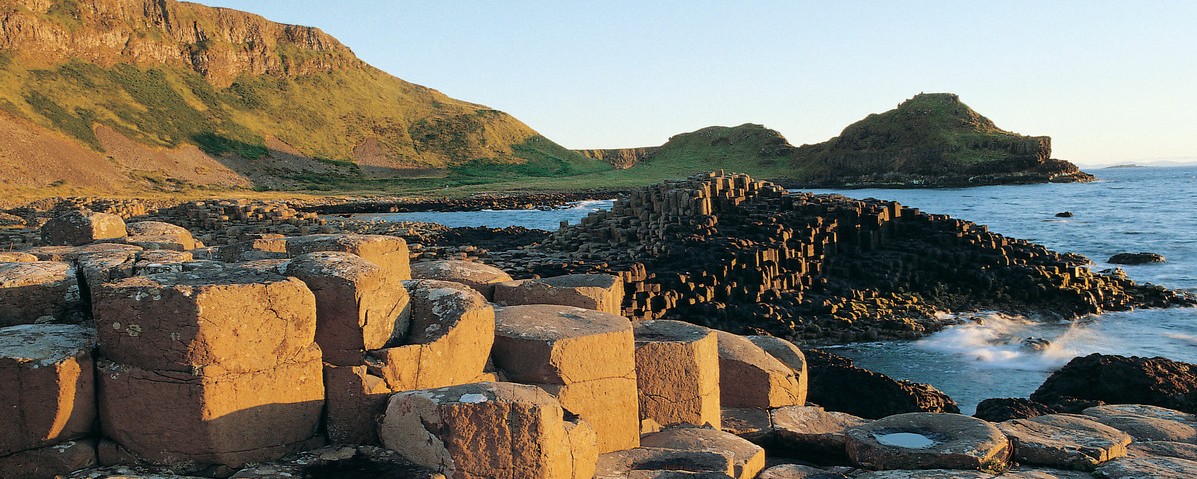Distant origin of rare Viking-age object revealed ahead of its first public display
On the 10th anniversary of its discovery, new research has revealed the West Asian origins of a unique lidded vessel which contained many of the treasures from the Galloway Hoard, an exceptional collection of rare Viking-age objects buried in Scotland. This very special vessel has gone on display for the first time as part of the British Museum’s Silk Roads exhibition.
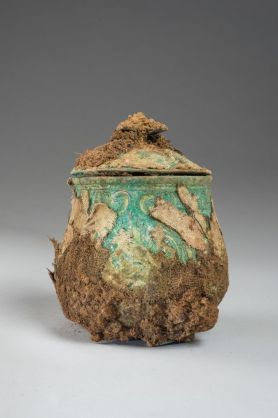 Pre-conservation image of the lidded vessel from the Galloway Hoard. (Credit: Historic Environment Scotland.)
Pre-conservation image of the lidded vessel from the Galloway Hoard. (Credit: Historic Environment Scotland.)
The Viking-age vessel was discovered along with many other treasures in 2014 in Galloway in the southwest of Scotland. Containing over 5kg (11 lbs) of silver, gold and other precious materials, the Galloway Hoard, as it was named, is the richest collection of rare and unique Viking-age objects ever found in Britain or Ireland. Buried around the end of the 9th century, the Hoard brings together a stunning variety of objects in one discovery.
The Galloway Hoard was acquired by National Museums Scotland in 2017 and since then has been undergoing extensive conservation and research at the National Museums Collection Centre in Edinburgh.
On its discovery, the lidded vessel was found wrapped in textiles, which in themselves are an extremely rare survival from the burial of the Hoard. Those textiles were carefully studied and retained for further analysis with as much as possible preserved in situ on the vessel. This delicate balance of careful conservation work and research has revealed the intricately decorated surface of the vessel for the first time since it was put in the ground over 1000 years ago.
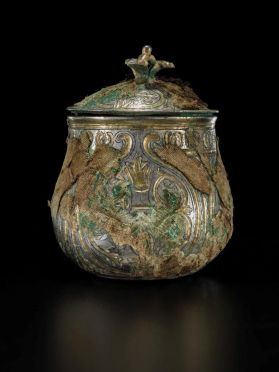 The lidded vessel after conservation. (Image © National Museums Scotland.)
The lidded vessel after conservation. (Image © National Museums Scotland.)
Where the surface of the vessel had previously only been viewed through x-ray scans, laser cleaning has helped to reveal further details of the design, including crowns, fire altars, leopards and tigers. This remarkable imagery is unusual in western Europe and suggested an association with the iconography of Zoroastrianism, the state religion of the Sasanian Empire, the last Iranian empire before the early Muslim conquests of the 7th–8th centuries AD. New scientific analysis has confirmed that materials used to make the vessel originated in what is now central Iran.
Dr Martin Goldberg from National Museums Scotland said: “We had suspected from x-ray scanning the vessel that it may have originated somewhere in central or western Asia, but it’s only now that we’ve carefully conserved and analysed it that we can say this is definitively the case.
“It’s further evidence of the cosmopolitan make-up of the Galloway Hoard. We now know that the Viking-age silver that makes up most of the Hoard was melted down from coins and metalwork from early medieval England. Some objects, like the lidded vessel, stood out from the rest and the scientific analysis now confirms this. It is incredible to imagine how the vessel made its journey halfway round the known world, from Iran to this distant corner of southwest Scotland.”
 The lidded vessel with the Viking-age treasures it contained. (Image © National Museums Scotland.)
The lidded vessel with the Viking-age treasures it contained. (Image © National Museums Scotland.)
The incredible vessel is now on display as part of the British Museum’s Silk Roads exhibition in London, which runs until 23 February 2025.
Dr Sue Brunning from the British Museum said: “We’re delighted that visitors to Silk Roads will be the first in the world to see this key object from the Galloway Hoard. Among its remarkable contents were Scotland’s earliest recorded silk, and so it is a highly appropriate inclusion in the exhibition.”
While little can be said with certainty about who buried the Galloway Hoard and why, several discoveries from the conservation and research work have offered tantalising hints of the deeper history behind this collection, which probably accumulated over several centuries. These include a Christian pectoral cross depicting symbols of the four evangelists, the runic inscription of the name ‘Egbert’ on a silver arm ring, and the revelation of a spectacular rock crystal jar decorated with gold filigree bearing the words ‘Bishop Hyguald had me made’.
 The lidded vessel from above. (Image © National Museums Scotland.)
The lidded vessel from above. (Image © National Museums Scotland.)
Along with the West Asian origin of the vessel, the many unusual objects in the Galloway Hoard take us well beyond the usual stereotype of Viking raiders. This Hoard tells us a richer story about complex interactions with neighbours and newcomers, connections with previous generations and the rest of the known world.
The Galloway Hoard will eventually go on long-term display at the National Museum of Scotland in Edinburgh with a significant and representative portion of it also displayed long-term at Kirkcudbright Galleries, close to where the Hoard was found.
If you or your group would like to enjoy a tailor-made trip to London this autumn, including a visit to the Silk Roads exhibition, please do contact our friendly team. Or perhaps you would like to take a Viking-themed tour of Britain and Ireland? If so, we can help.



